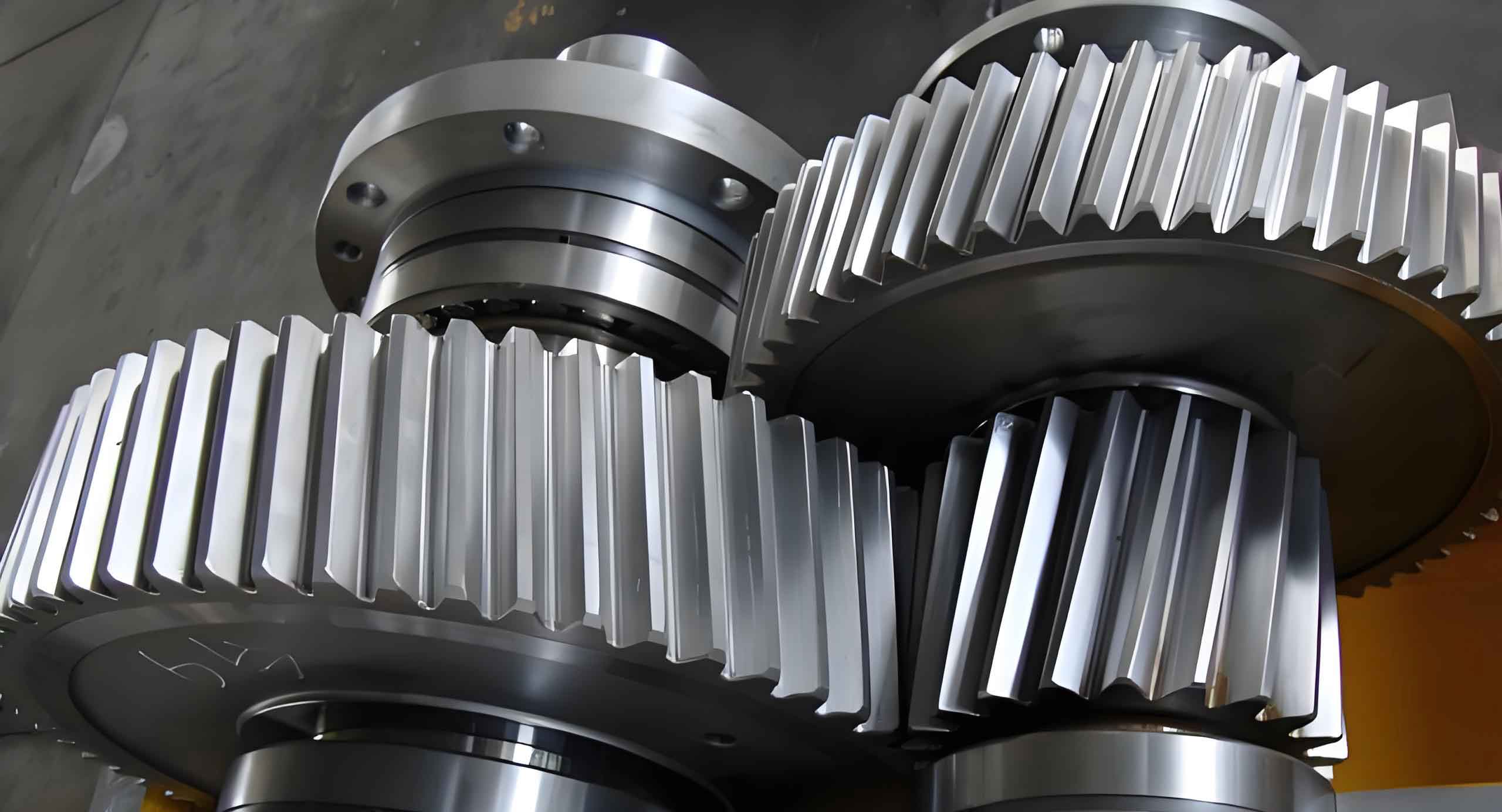Introduction
Helical gear is fundamental component in many mechanical systems, valued for their ability to handle high loads and provide smooth, quiet operation. Optimizing efficiency in helical gear systems is crucial for enhancing the performance, longevity, and overall effectiveness of machinery across various industries. This article explores the strategies and techniques for optimizing efficiency in helical gear systems, discussing design considerations, material selection, lubrication, and maintenance practices.

Key Factors Influencing Helical Gear Efficiency
Several factors influence the efficiency of helical gear systems, including gear design, material properties, lubrication, and maintenance. Understanding and optimizing these factors is essential for achieving high efficiency and reliable operation.
1. Gear Design
The design of helical gear plays a critical role in their efficiency. Key design considerations include the helix angle, gear ratio, and tooth profile.
Important Design Parameters:
- Helix Angle: The angle of the gear teeth relative to the gear axis. An optimal helix angle can reduce noise and vibration, enhancing efficiency.
- Gear Ratio: The ratio of the number of teeth on the driving gear to the number of teeth on the driven gear. Proper gear ratio selection is crucial for efficient power transmission.
- Tooth Profile: The shape and geometry of the gear teeth. Accurate tooth profile design ensures smooth meshing and minimizes friction losses.
2. Material Selection
The choice of materials significantly affects the performance and efficiency of helical gear. Advanced materials can enhance strength, reduce weight, and improve wear resistance.
Common Materials for Helical Gear:
- Alloy Steels: Known for their high strength and toughness, making them suitable for heavy-duty applications.
- Composite Materials: Offer a lightweight alternative with excellent wear resistance and reduced friction.
- Bronze: Often used for gears that require good wear resistance and corrosion resistance.
3. Lubrication
Proper lubrication is vital for reducing friction and wear in helical gear systems. The selection of the right lubricant and lubrication method can significantly enhance gear efficiency.
Lubrication Methods:
- Splash Lubrication: Utilizes the motion of the gears to splash lubricant onto the gear teeth.
- Forced Lubrication: Involves pumping lubricant directly to the gear teeth, ensuring consistent lubrication.
- Grease Lubrication: Suitable for low-speed applications, providing long-lasting lubrication with minimal maintenance.
4. Maintenance Practices
Regular maintenance is essential for sustaining the efficiency of helical gear systems. Proper maintenance practices help identify and address issues before they lead to significant problems.
Key Maintenance Practices:
- Regular Inspections: Routine inspections help detect wear, misalignment, and other issues early.
- Lubricant Analysis: Regular analysis of lubricant condition ensures it remains effective and identifies potential contamination.
- Alignment Checks: Ensuring proper alignment of gears prevents excessive wear and maintains efficiency.
Strategies for Optimizing Efficiency
Optimizing efficiency in helical gear systems involves implementing various strategies that address design, materials, lubrication, and maintenance.
1. Advanced Gear Design Techniques
Utilizing advanced design techniques can significantly enhance the efficiency of helical gear systems.
Examples of Advanced Design Techniques:
- Finite Element Analysis (FEA): Helps in optimizing gear tooth profile and predicting performance under different load conditions.
- Computer-Aided Design (CAD): Enables precise modeling and simulation of gear systems to identify and address potential inefficiencies.
2. Use of High-Performance Materials
Selecting high-performance materials can improve the efficiency and durability of helical gear.
High-Performance Materials:
- Carbide Reinforced Steels: Offer superior wear resistance and strength.
- Ceramic Composites: Provide excellent durability and reduced friction.
3. Implementing Effective Lubrication Systems
Choosing the right lubrication system is crucial for minimizing friction and enhancing efficiency.
Effective Lubrication Systems:
- Synthetic Oils: Provide better temperature stability and reduced friction compared to mineral oils.
- Automated Lubrication Systems: Ensure consistent and precise lubrication, reducing manual maintenance efforts.
4. Proactive Maintenance Programs
Implementing proactive maintenance programs helps in maintaining optimal efficiency.
Proactive Maintenance Steps:
- Predictive Maintenance: Uses condition monitoring tools to predict and address potential failures before they occur.
- Regular Training: Ensuring maintenance personnel are well-trained in the latest techniques and technologies.
Comparison of Lubrication Methods
| Lubrication Method | Efficiency Improvement | Maintenance Requirement | Cost |
|---|---|---|---|
| Splash Lubrication | Moderate | Low | Low |
| Forced Lubrication | High | Moderate | Moderate |
| Grease Lubrication | Low | Low | Low |
| Synthetic Oils | High | Moderate | Moderate |
| Automated Lubrication | Very High | Low | High |
Case Studies
Case Study 1: Automotive Industry
In the automotive industry, optimizing helical gear efficiency in transmissions can lead to significant improvements in vehicle performance and fuel economy. By utilizing high-performance alloy steels and synthetic oils, along with advanced CAD techniques, manufacturers have achieved smoother gear transitions and reduced energy losses.
Case Study 2: Wind Turbines
In wind turbines, the efficiency of helical gear in gearboxes directly impacts power generation. Implementing advanced gear design techniques and forced lubrication systems has resulted in more reliable and efficient operation, contributing to increased energy output and reduced maintenance costs.
Conclusion
Optimizing efficiency in helical gear systems is essential for enhancing the performance, reliability, and longevity of mechanical systems across various industries. By focusing on advanced gear design, high-performance materials, effective lubrication, and proactive maintenance, significant improvements in helical gear efficiency can be achieved. As technology continues to advance, the ongoing optimization of helical gear systems will play a critical role in driving progress and innovation in modern mechanical engineering.
